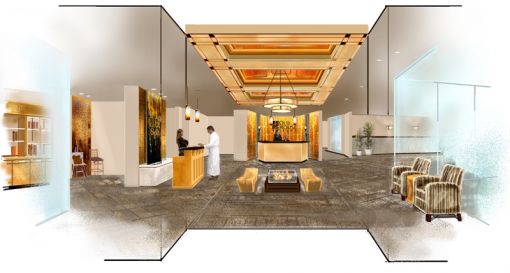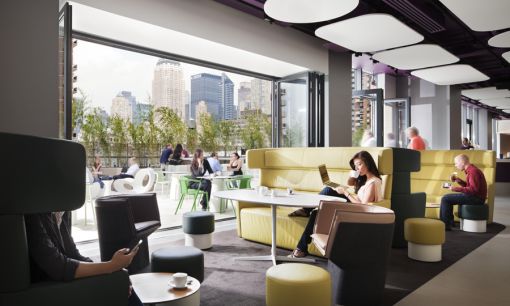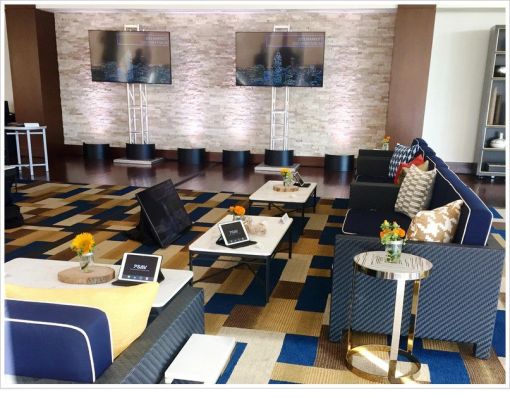
HOME
Millennials...
The best studied generation to date.
What does the increase in economic, social and political effects will mean for the development of architecture in the new world after the pandemic of COVID 19?
Identifying the millennials
Millennials are the demographic generation that mostly refers to the group of people born between 1980 and 2000 and reached adulthood in the early 21st century. Therefore, millennials may have been increasingly present in the media in the last decade: As a new generation rises, a new economic model rises.
.jpg)
According to Goldman Sachs, millennials characterized by special features that contrast sharply with the previous generation.
Digital natives: Millennials are very familiar with new technologies. They can adapt to new developments in a short time. According to Elza Venter, an educational psychologist and lecturer at the University of South Africa, the new generation is familiar with advances in communication, media and technology and is therefore more socially connected.
Financially insecure: When millennials entered the business life at the beginning of the financial crisis in 2007, they had a difficult start in the economy. They usually owe more and can spend less. (Endless articles on industries that "kill" millennials come from here). As a result of this financial uncertainty, the "sharing economy" has become popular over the last decade and has encouraged leasing / borrowing rather than buying goods. Popular examples of this are home sharing, and music streaming.
Health conscious: Millennials seems to be more health conscious than the previous generations. They generally smoke less and exercise more regularly.
Millennials are the largest generation in worlds history and is of great importance in other parts of the world. Millennials, which makes up such a large demographic, will have a significant impact on the global economy and thus have the power to change the shape of its course. As a result, millennials are bringing a new flexible and innovative perspective that shapes everything including architecture. Now is the age of providing maximum convenience at the lowest cost.

Architectural designing in the Age of Millennial
What does all this mean for the future of architectural design in a millennial economy?
Perhaps the most important factor to consider in the new design process is the fact that the current economy affects the millennial behavior. With the great recession at the end of the 2000s and the subsequent economic downturn affecting the world markets, the new generation is facing a harsher economic climate. Rising housing and higher education costs delay the pursuit of independence, supported by jobs and housing. Many millennials, especially those living in urban areas, still live with their parents but want to own a home in the future.

Owning a home is not as easy as it was in previous generations and so we are seeing an increase in house sharing and coexistence.
Therefore, architects have to take into account the requirements arising from the common use of living spaces. In today's economy, where even the smallest spaces are expensive, architects need to use the space as much as they can and let them express themselves.
The ability to transform the smallest spaces with personality and flexibility into livable spaces is vital in the 21st century.

The high unemployment rate among millennials can also be important when thinking about architectural design. Millennials seems to have more dynamic and less predictable career paths, and most choose to offer freelance service or work in small startups. In situations where the workplace in the home can be a special corner, a multi-functional and flexible space can help create a healthy balance between work and private life through architecture. Where millennials work in an office environment, they prefer open spaces that encourage collaboration and sharing and result in a more open space with spaces of different sizes.

While designing for millennials, the effect of digitalization should also be taken into account. With the current generation's proximity to technology and social media, it may be possible to create new spaces that require less stringent privacy limits and more inclination for roommates to share their experiences. The current hyper-sharing culture may mean that millennials will be more comfortable in open, public spaces. This also triggers the emergence of a new set of functional areas: quiet spaces where the phone is not allowed to be used, creating a shelter from digital invasion, or co-working spaces where people from different careers have a certain set of technical fields Devices combined.

After all, the new generation seems to be less interested in marriage. They either do not marry or they marry later than previous generations. They are also less likely to have children. These trends, which change the structure of the family accepted as typical, may cause a shift towards different priorities in flat design. A smaller family size with few or no children can mean more priority over living at home and communal spaces, with less focus on bedrooms and the ability to switch between social or professional functions.
In summary, it can be said that the millennium age in architecture can mean smaller but more flexible and open spaces with the possibility of adapting to the wishes of the residents.